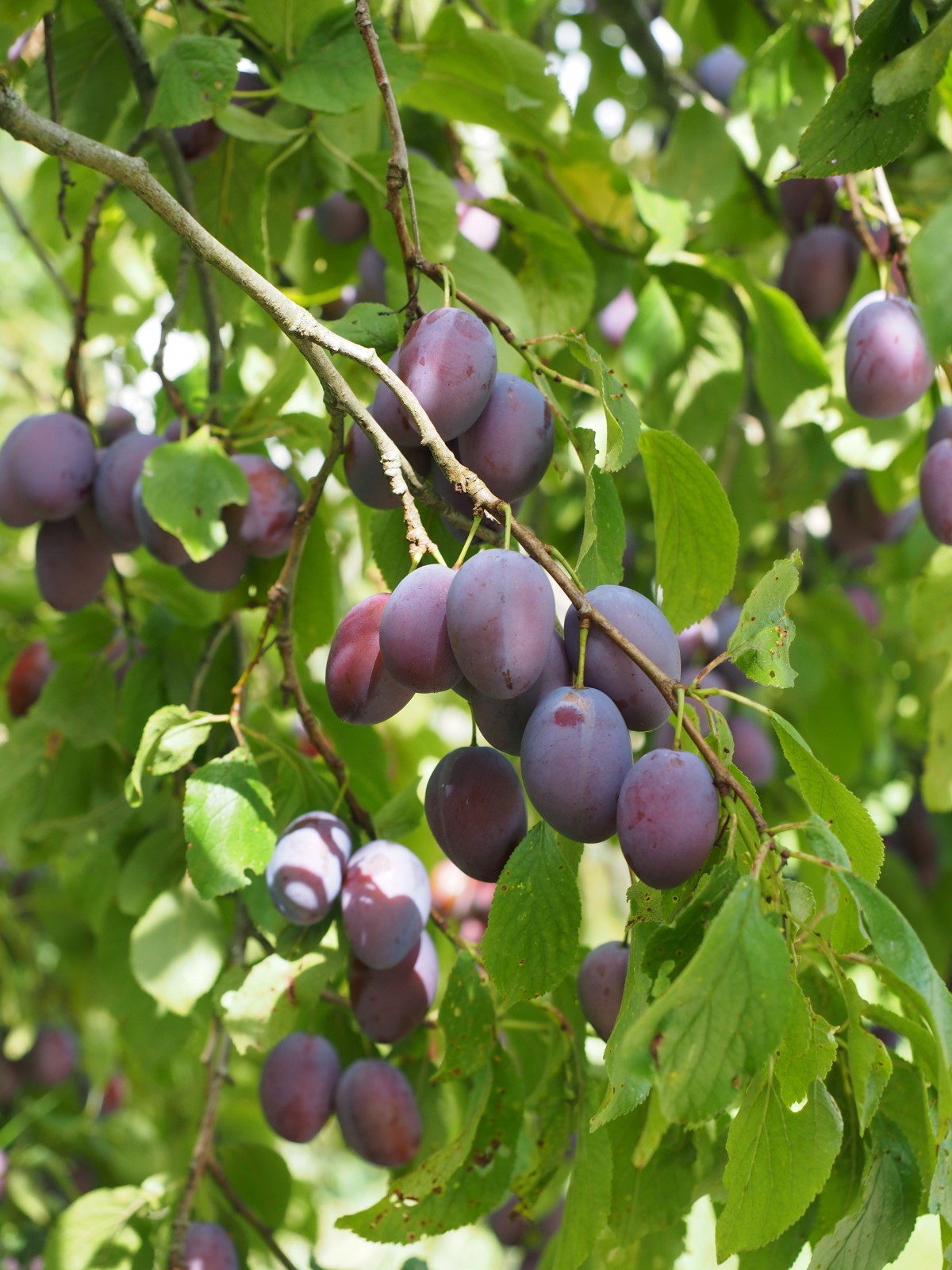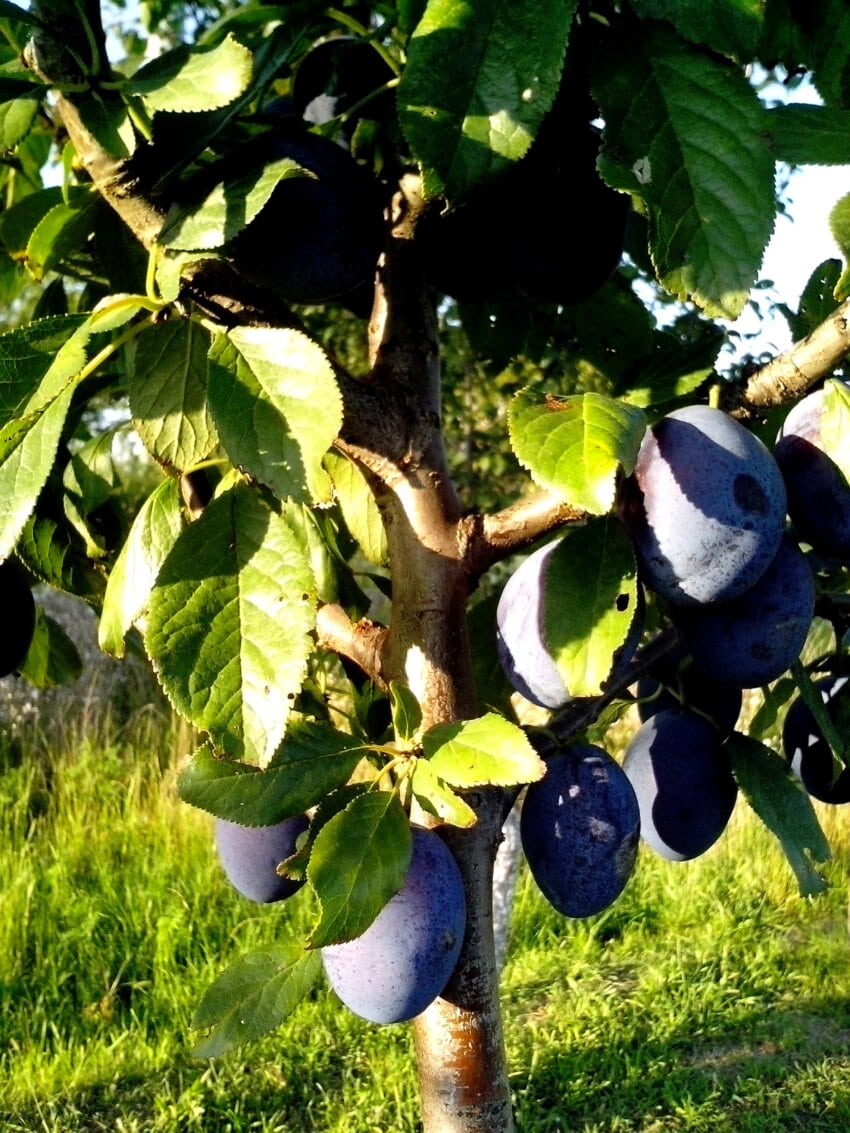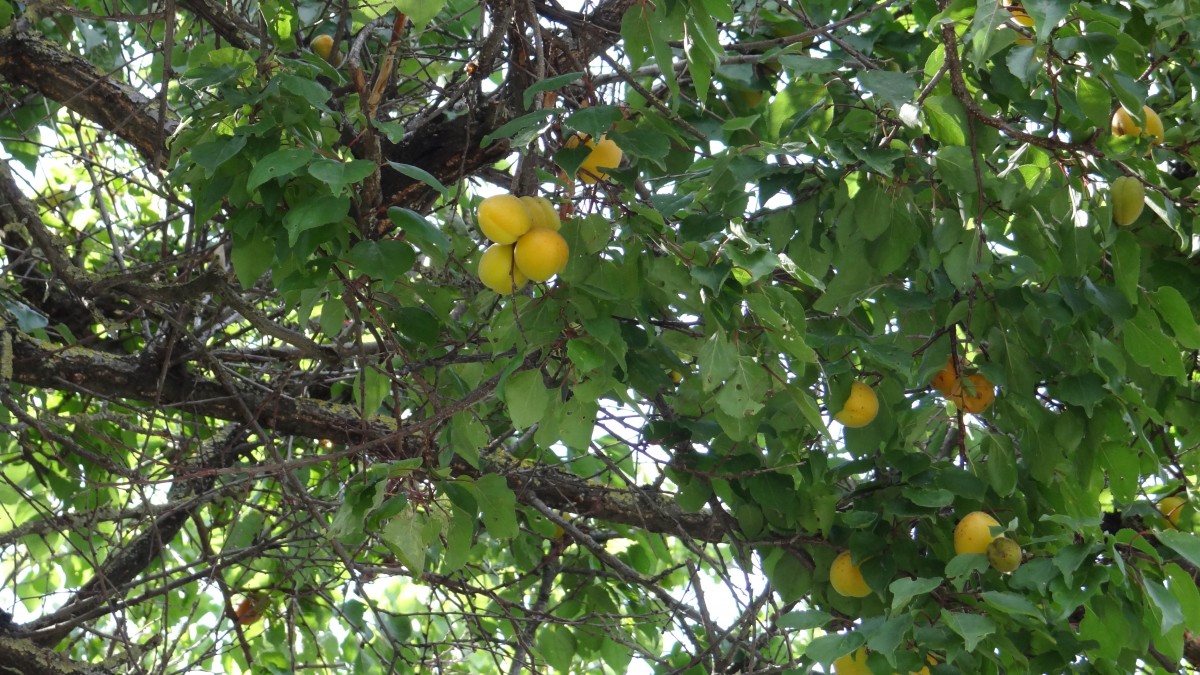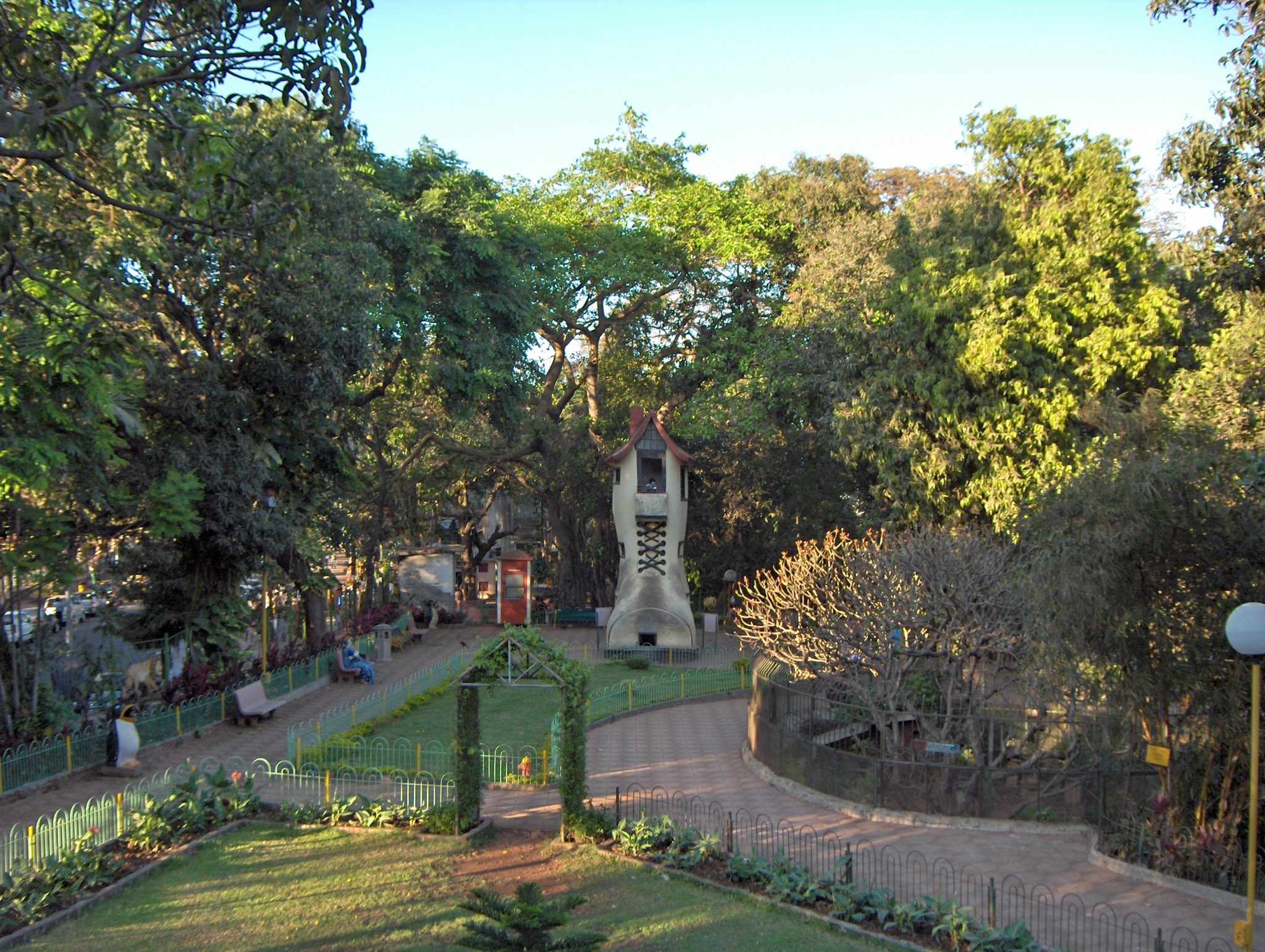4 Steps About Pruning Fruit Trees
Contents
– Tips for choosing secateurs
– When to prune a fruit tree?
– Step 1: Prepare the pruning
– Step 2: Thin the tree
– Step 3: Prune
– Step 4: Care for the fruit tree after pruning
– Special case: Prune a tree in formation
For plum, apple, or cherry trees, to mention just a few, you must prune your fruit tree to promote flowering and increase fruiting.
Pruning a fruit tree allows to:
– orient the branches horizontally (naturally, the tree tends to grow vertically) and thus increase their exposure to the sun;
– remove dead wood;
– shorten branches to limit the exhaustion of the tree and avoid the decrease in fruiting.
But be careful. Pruning fruit trees cannot be improvised.
Tip: if your tree is too tall, call in specialized companies.
Tips for choosing pruning shears
Before buying a pruning shear, it is strongly advised to take it in hand. You must be able to:
– open and close it easily;
– operate the blade locking mechanism without difficulty;
– feel a certain comfort between palm and fingers; the ergonomic handles will help a lot.
Choose a pruning shear with “straight” blades (a sharpened blade that slides along a counter-blade), which produces a clean cut (unlike anvil pruning shears).
Disinfect the pruning shears before use with methylated spirits (they are still a significant vector of disease).
When to prune a fruit tree?
Depending on the fruit tree, several prunings are possible:
– In winter, for seed trees (apple tree, pear tree).
– In late summer, for stone trees: cherry, peach, apricot, plum…
– From November to March, for trees in formation.
Good to know: know that bad pruning is better than no pruning.
1. Prepare the pruning

Before you start, know how to identify the two types of buds that exist:
– flowering buds: swollen, perpendicular to the wood, they will give fruits;
– vegetative buds, called wood buds: long and pointed, sometimes stuck to the wood, will give a branch.
Before pruning, it is important to clean the tree, using the double ladder if necessary. Be sure to position it on a flat area and ideally to be accompanied (a fall can happen quickly).
Caution: do not have fun climbing the tree because some fruit trees have brittle wood.
– Remove all the dead wood from the tree by cutting it with secateurs or branch cutters.
– Also, remove any damaged twigs or dead ends.
– If any dried fruit is left hanging on the branches, remove it.
2. Thin the tree

This thinning operation aims to bring light to the tree’s center and thus promote balanced fruiting.
– Remove the inward-facing branches.
– Leave the heart of the tree as accessible as possible.
– Cut off all small vertical branches.
3. Prune

– Start with a horizontal branch before you, then go around the tree.
– Reduce the length of the main horizontal branches (by about one to two-thirds), and this will stimulate the lateral branches.
– Do the same for the main vertical branches (by about one to two-thirds) above a wood bud if you want to stimulate its growth. Feel free, as they will not bear any fruit anyways.
– Cut back the side branches (leaving 2 or 3 vegetative buds) at an outward-facing bud so that the future branch will grow more easily.
– Remove suckers (vigorous shoots that grow on the trunk and pump sap with no hope of fruiting).
– Move away from the tree regularly to judge its silhouette.
– Remove branches to keep the tree in the most harmonious shape possible.
4. Care for the fruit tree after pruning
– Apply healing putty with a brush or spatula to the sections of the largest branches cut off, so the tree will be less weakened.
– To prevent diseases, treat the tree by spraying a Bordeaux mixture with a garden sprayer.
Particular case: Prune a tree in formation
The pruning of a tree in formation is important as it determines its structure.
– Remove branches that cross each other.
– Eliminate the shoots grown on the trunk less than one meter from the ground.
– Force the growth of missing branches by cutting back existing branches but at the level of buds oriented in the right direction.
– Cut back side branches to stimulate the main shoot.
– In the first year, remove all the fruit to avoid tiring the tree.
Materials for pruning a fruit tree
Bordeaux mixture
Branch cutter
Double ladder
Gardening gloves
Healing putty
Pressure sprayer
Pruning saw
Pruning shears
Spatula


